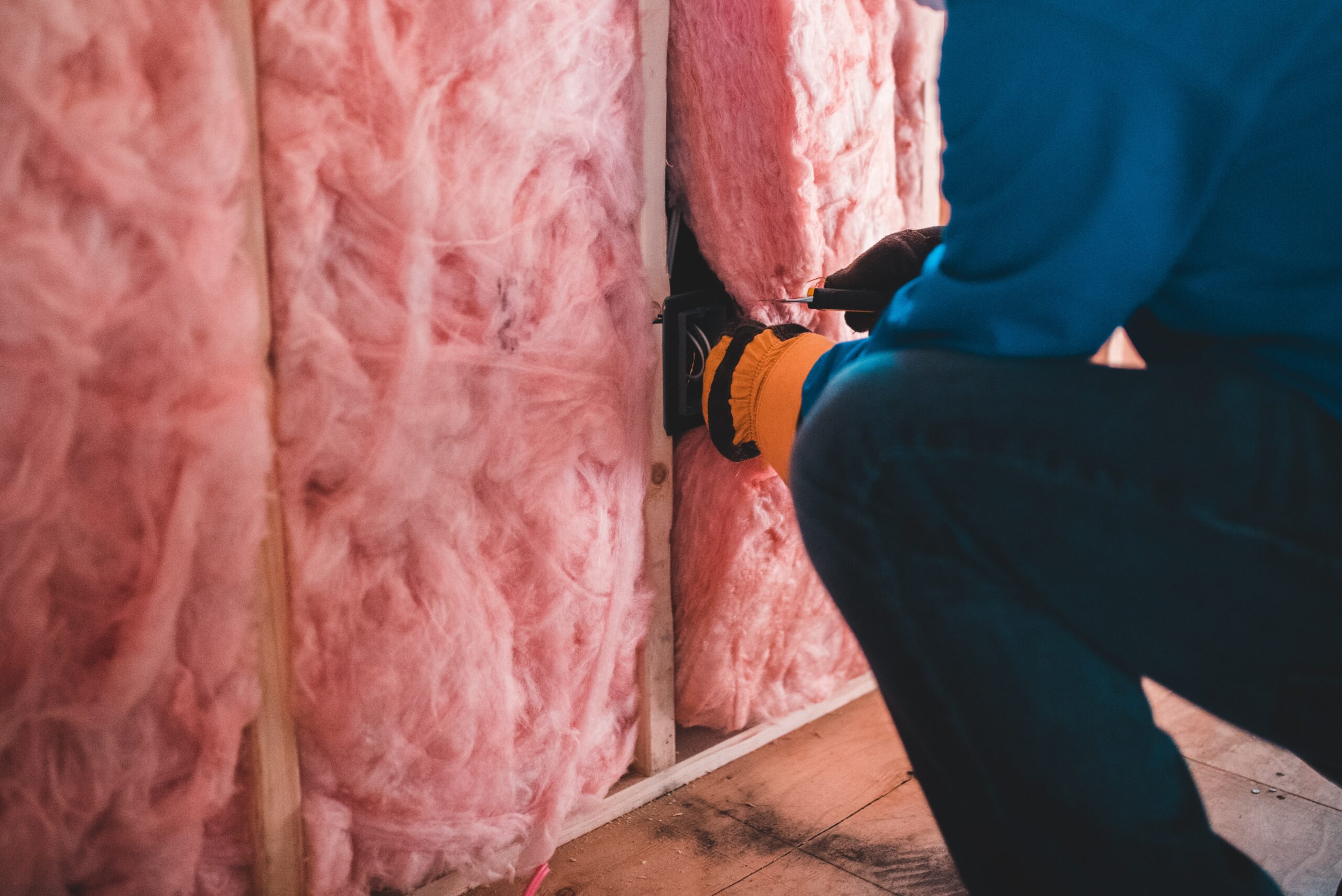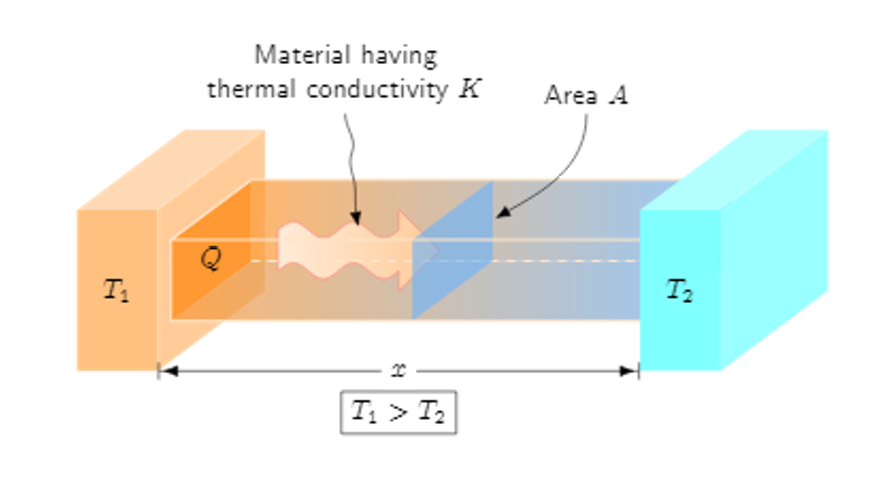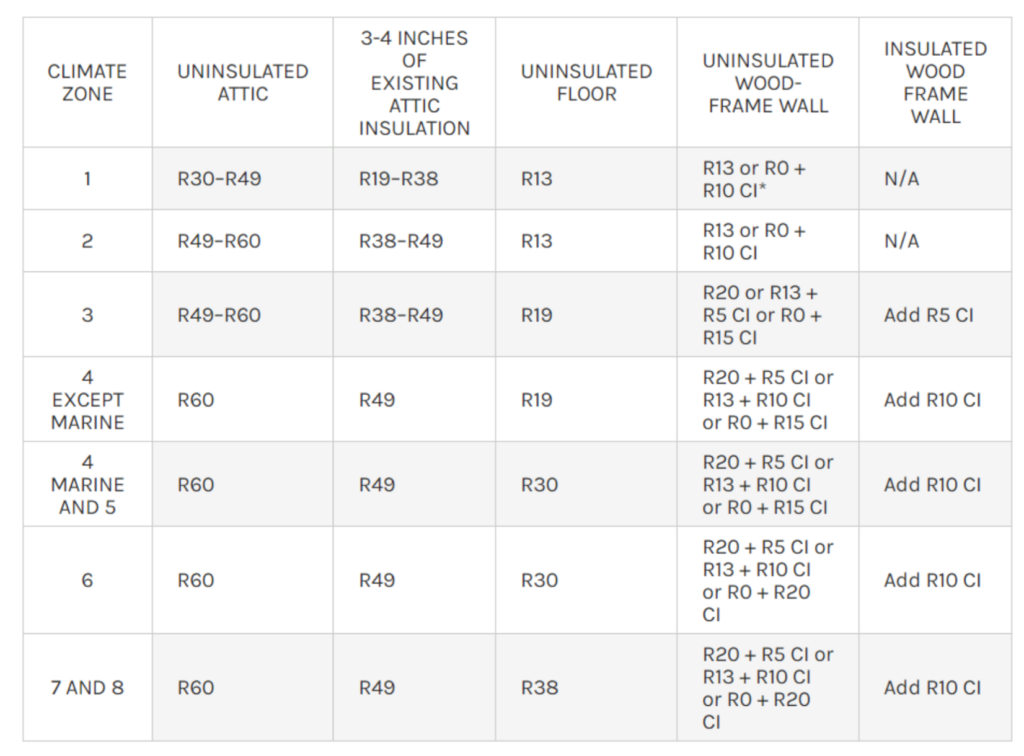Energy Savings by Insulation

Adding insulation to your home can save up to 15% on your electricity bills. Learn how insulation works and what kind is the best for you.
Energy Savings by Insulation

What is insulation and how does it work?
Insulation is a material that serves to reduce the amount of heat flowing from one area to another. This property can be used to keep hot air or cold air within a desired area in the winter and summer seasons respectively. This phenomenon is attributed to basic concepts covered in a university heat transfer course. Heat can travel through conduction, convection, and radiation. In heating and cooling applications, conduction and convection are the main focus when thinking about insulating an area. In the simplest terms, conduction is the heat transfer through object-to-object interaction while convection is the heat transfer that is propagated by liquids/gasses.
What are the different types of insulation?
Insulation is rated by a grading system called an R-Value (Resistance). An R-Value measures the amount of heat flow based on conduction. Usually, it is better to have a material with a high R-value for insulating an area.
When insulating a desired area, there is a wide array of insulation types that can be used for different prices and applications. The two main considerations when installing insulation are location and R-Value. These considerations are made in order to maximize energy savings.

Concrete blocks can be an effective way to insulate an area due to the variation and cost. Concrete blocks can be coated or filled which can further increase their thermal resistance value although in some cases, it does not make a big difference. Coating the outside/inside of the concrete walls adds another layer for heat to pass through, increasing the thermal resistance.
Batt and roll insulation is the most widely used type of insulation for residential and commercial applications due to its ease of installation, low cost, and large resistance values. Batt and roll insulation is usually made of materials such as wool, plastic fiber, fiberglass, etc.
Foam board or rigid foam is arguably the easiest form of insulation to apply and is most effective on the exterior parts of the desired area. These boards are more structurally sound than batt and roll insulation and can be designed for any required thickness. A major advantage of rigid foam is that it reduces conductive heat transfer to other parts of the home as it serves as an absolute layer between the environment and the interiors of the home.
How Insulation Provides Energy Savings
As previously mentioned, each insulation type has an R-value associated with it. Specific R-Values needed for optimum thermal insulation in your home or business depend on what climate zone you are located in. For example, Arizona residents are most likely to be located in climate zone 2 which means that they require specific types of insulation suited to this zone. The department of energy has provided a table of values according to time zone and where they can be applied in your home.
These insulating materials when applied to your home can help prevent heat transfer from sections of your home so that your AC unit does not need to keep consuming extra energy to compensate for heat loss.

Add Insulation and Save up to 15% on Bills
According to the U.S. Department of Energy, heating and cooling your home accounts for nearly 50% of yearly energy costs. Adding the appropriate insulation based on factors such as climate, size, and condition of the home can save homeowners an average of 15% on their electricity bills. Homeowners can get an estimate on more accurate cost-saving and payback estimates by getting an official energy audit or using the Department of Energy’s Home Energy Save Calculator.
References
[1] Richner, J. (2022, November 7). How much does it cost to insulate a house? MoneyTips. Retrieved March 2, 2023, from https://moneytips.com/how-much-does-it-cost-to-insulate-a-house/
[2] Insulation. Energy.gov. (n.d.). Retrieved March 2, 2023, from https://www.energy.gov/energysaver/insulation
[3] Adding insulation to an existing home. Energy.gov. (n.d.). Retrieved March 2, 2023, from https://www.energy.gov/energysaver/adding-insulation-existing-home
[4] Lee, W. (2022, July 23). How to Install Insulation in Open Walls. The Spruce, 2016, www.thespruce.com/install-insulation-in-open-walls-4117071. Accessed 14 Mar. 2023.
[5] “Fiberglass vs. Rigid Foam Insulation: Which Is Best?” Localsocialpro.com, 2019, insulationnews.localsocialpro.com/news/?id=196822047990&aid=aKcdSvMHt1p/bIgDY4RVDV/U6wLa0SSns5gjFHx2qi4=_16e381b13e8:fbbb0e:f774fa. Accessed 14 Mar. 2023.